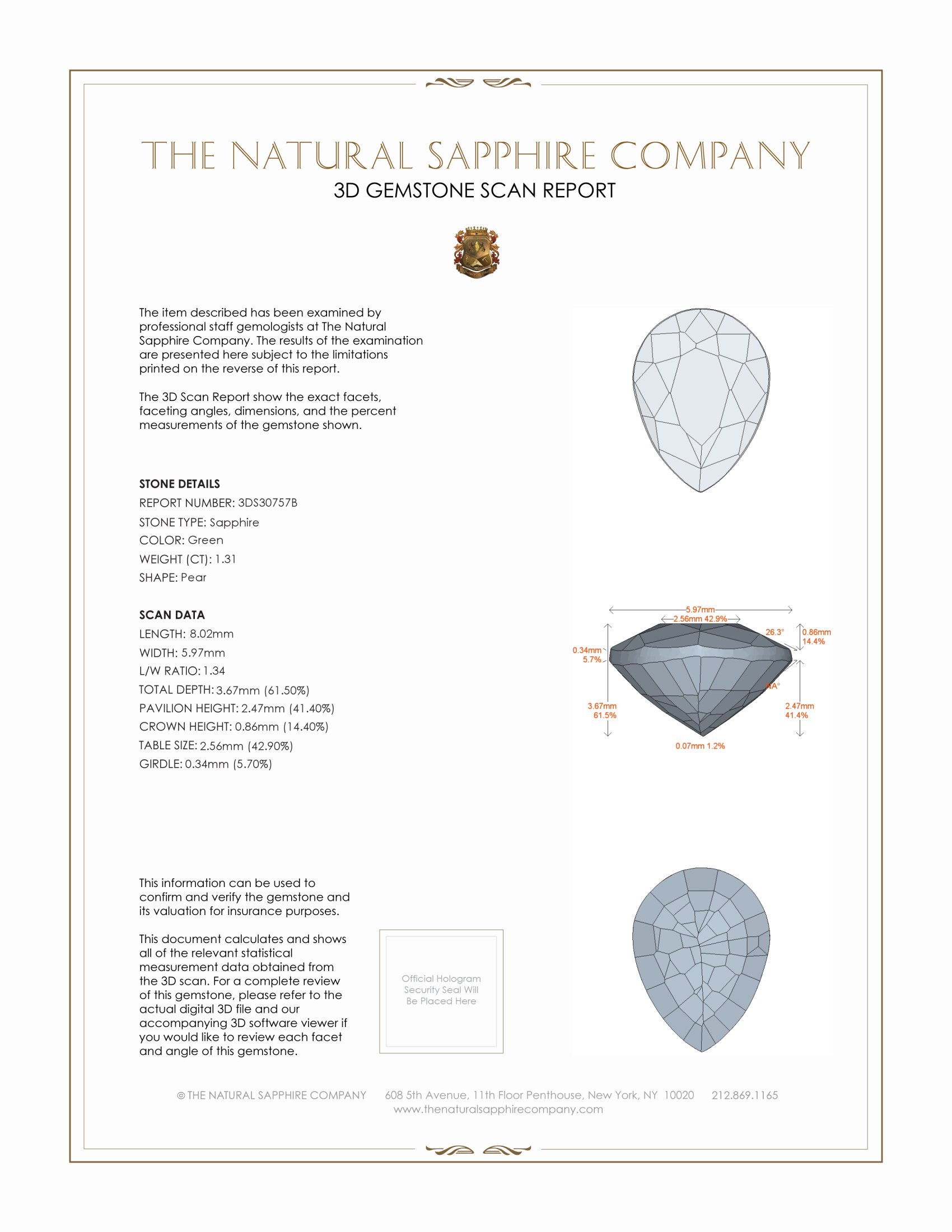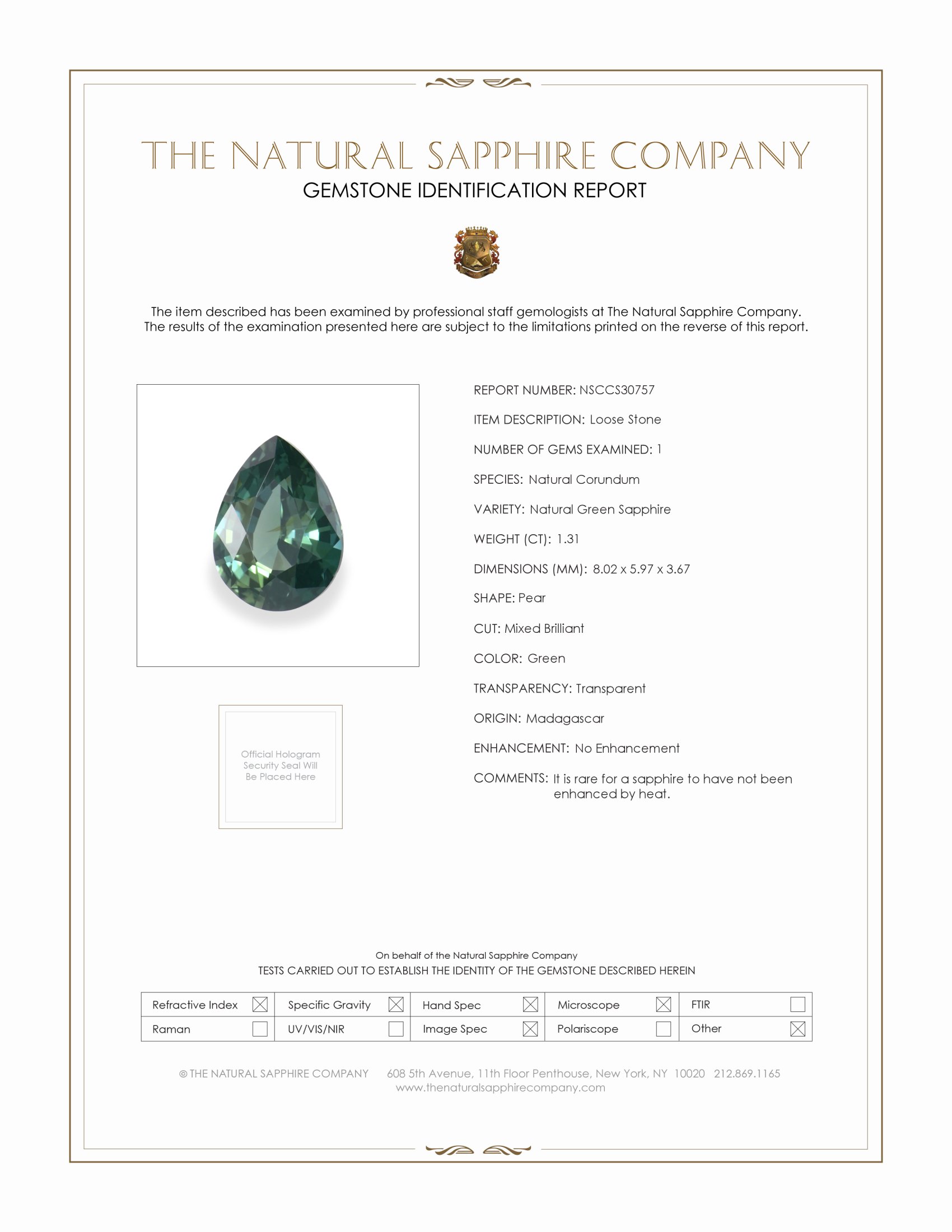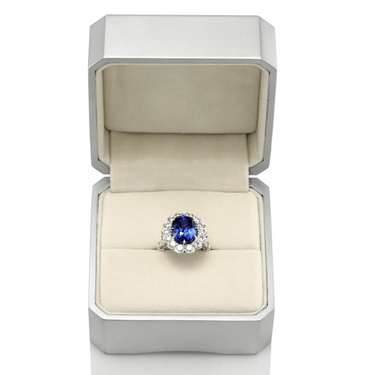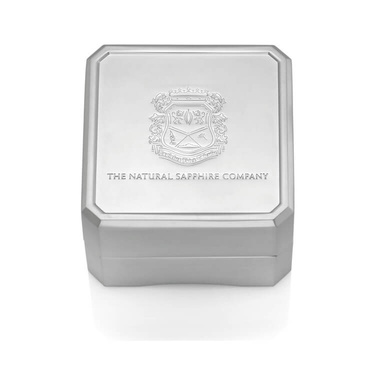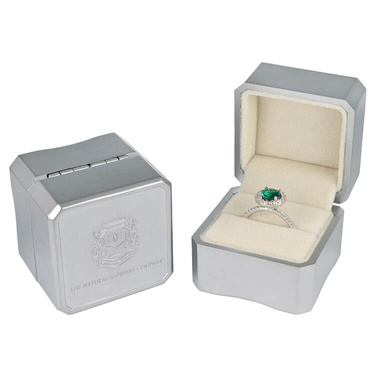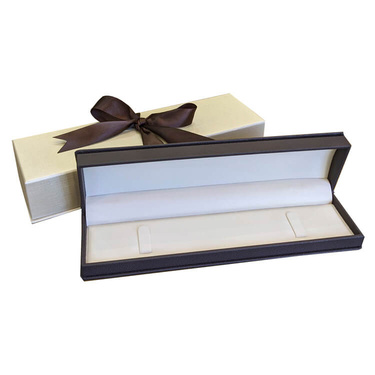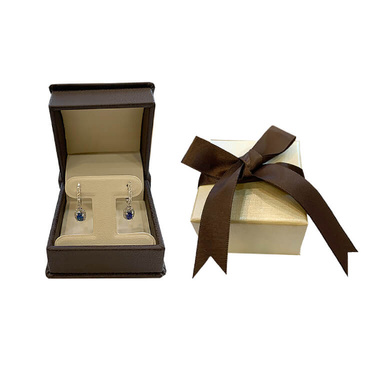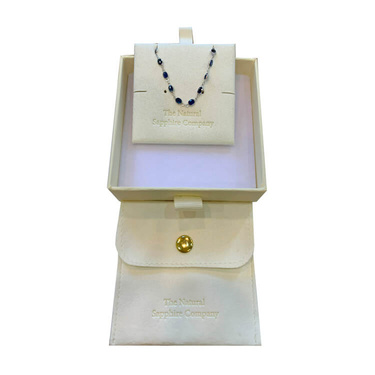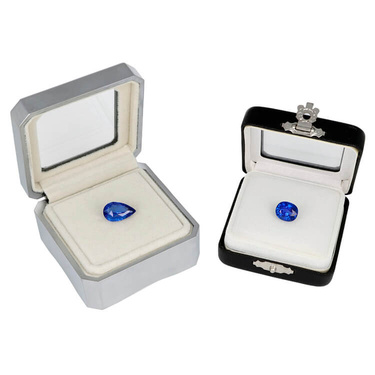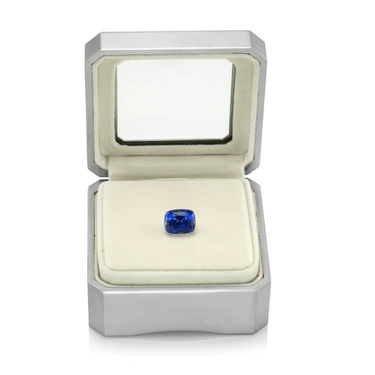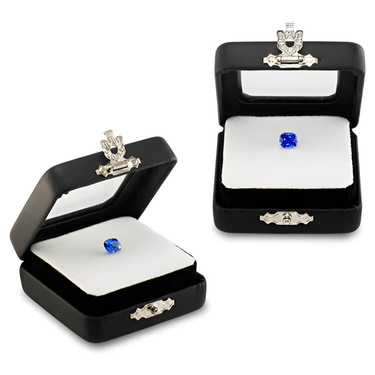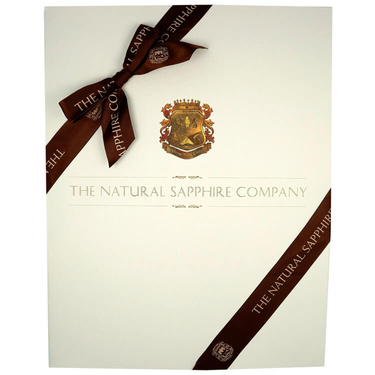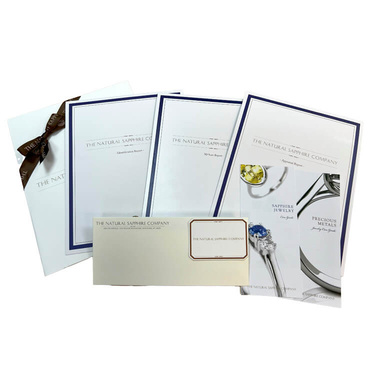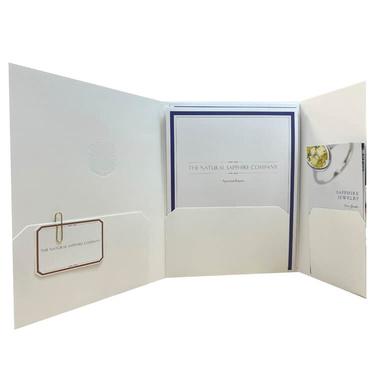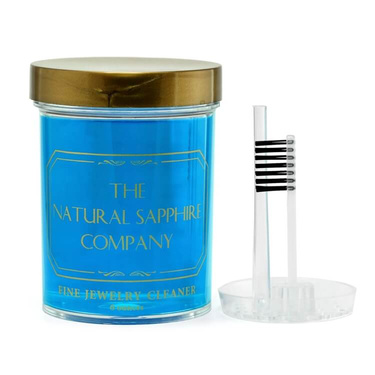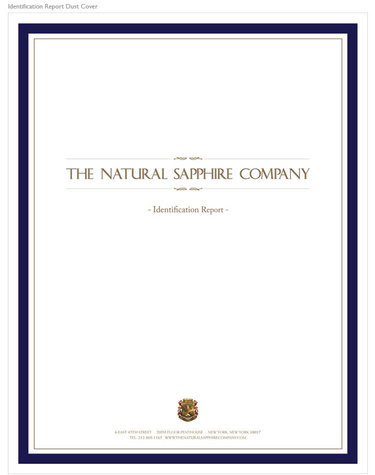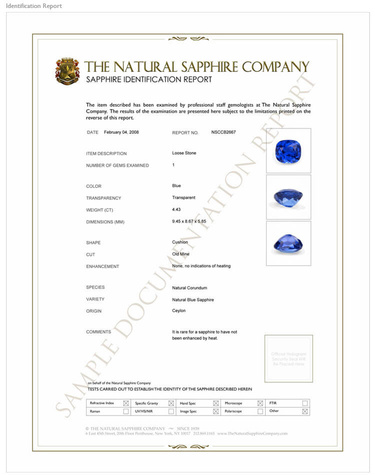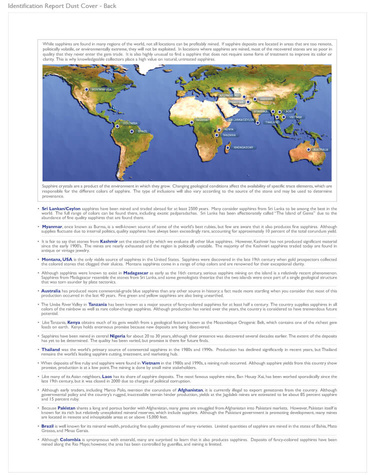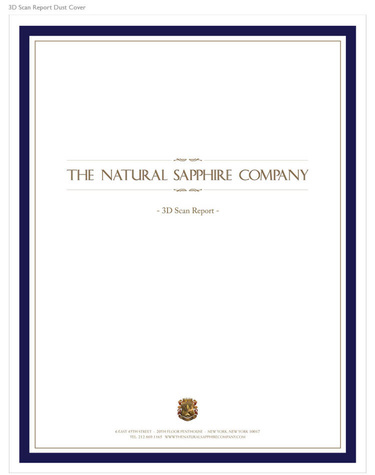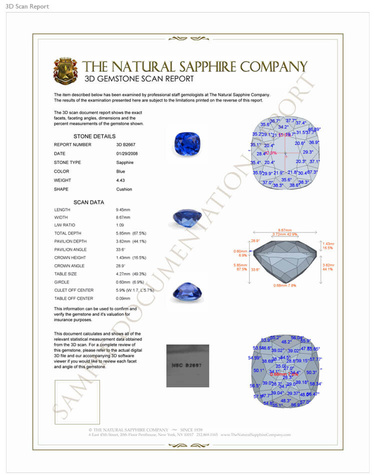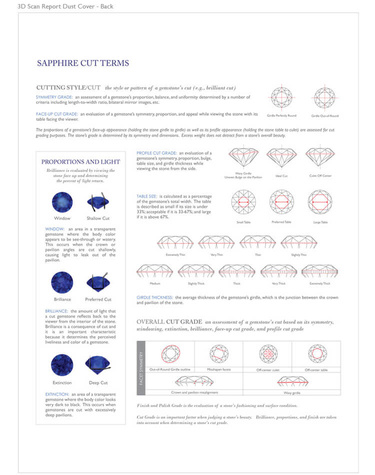- Stone14
- Reports3
-pear-green-sapphire-1.3100-cts-s30757-1.jpg?d=200x200&v=20251008065033)
-pear-green-sapphire-1.3100-cts-s30757-1.jpg?d=200x200&v=20251008065033)
-pear-green-sapphire-1.3100-cts-s30757-lifestyleimage-1.jpg?d=200x200&v=20251006055107)
-pear-green-sapphire-1.3100-cts-s30757-lifestyleimage-2.jpg?d=200x200&v=20251006055107)
-pear-green-sapphire-1.3100-cts-s30757-lifestyleimage-3.jpg?d=200x200&v=20251006055107)
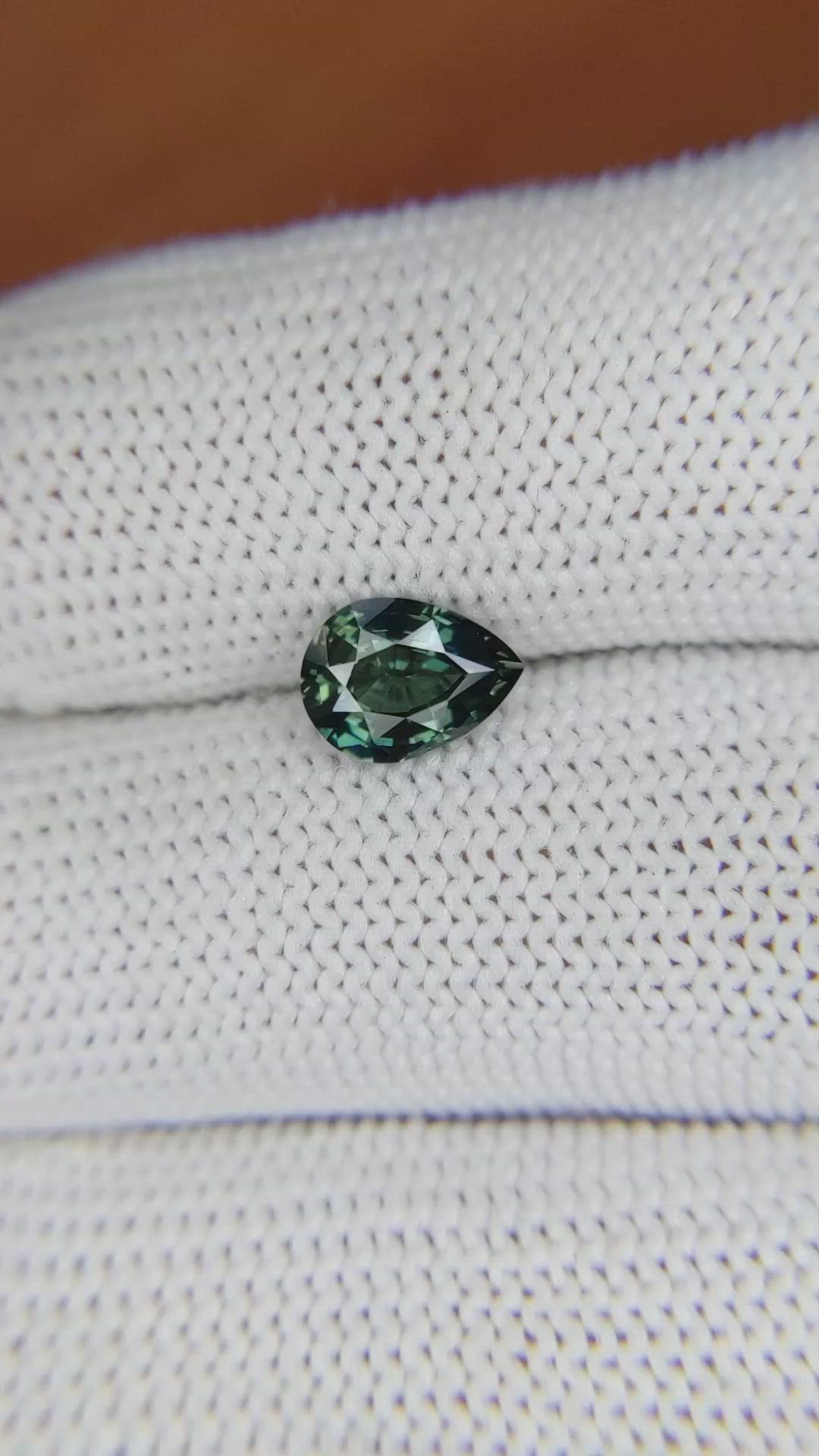
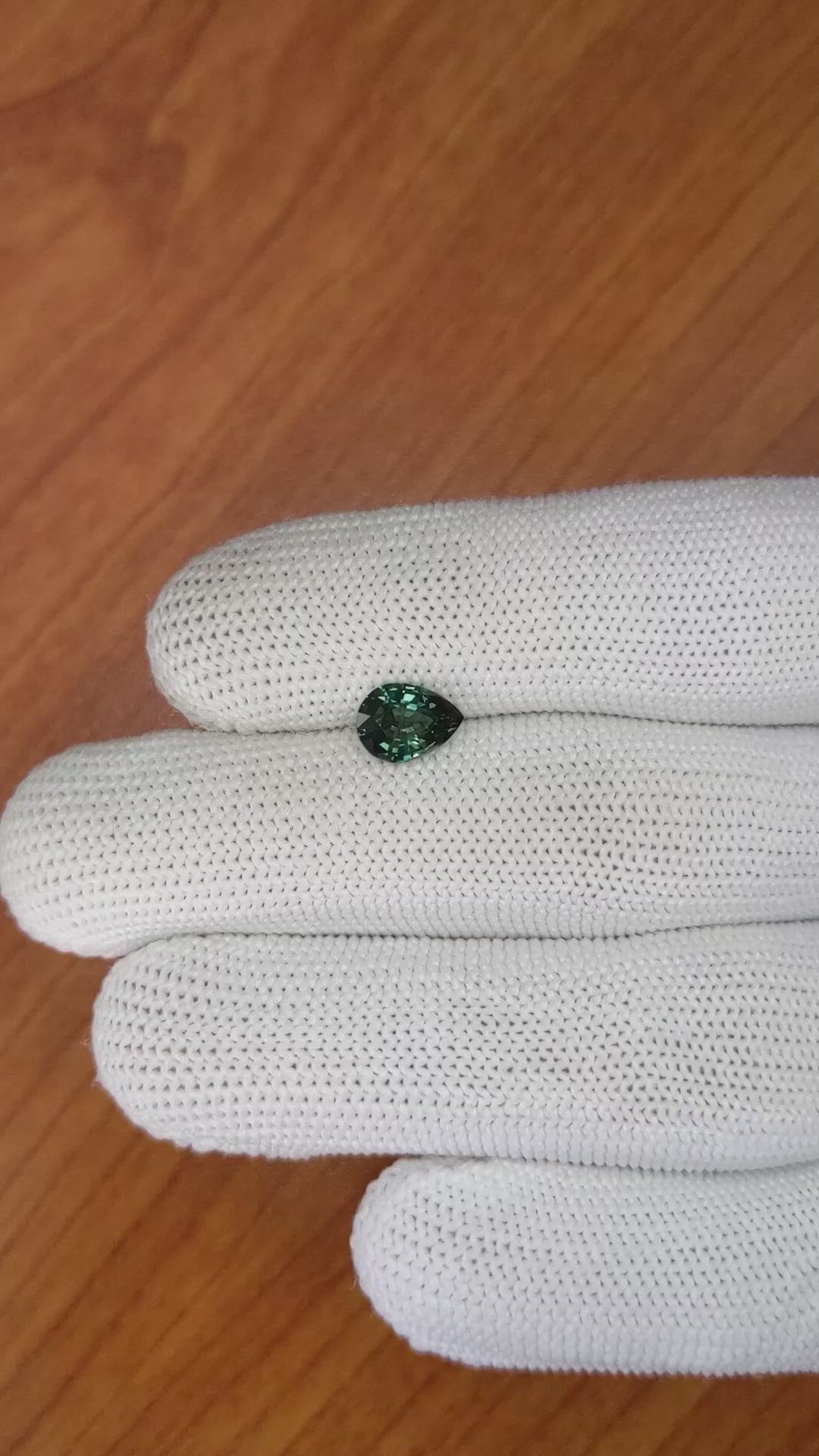
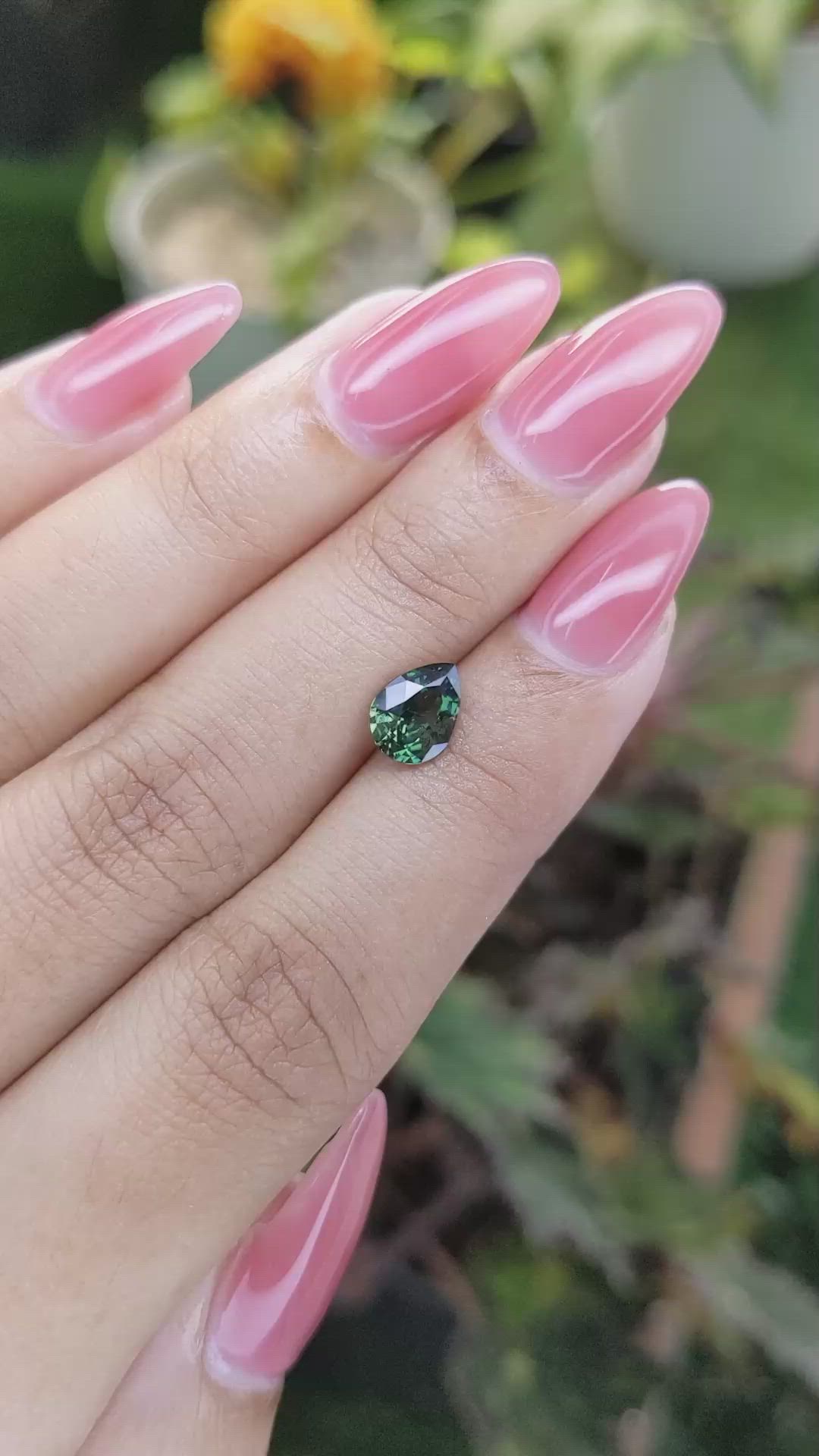
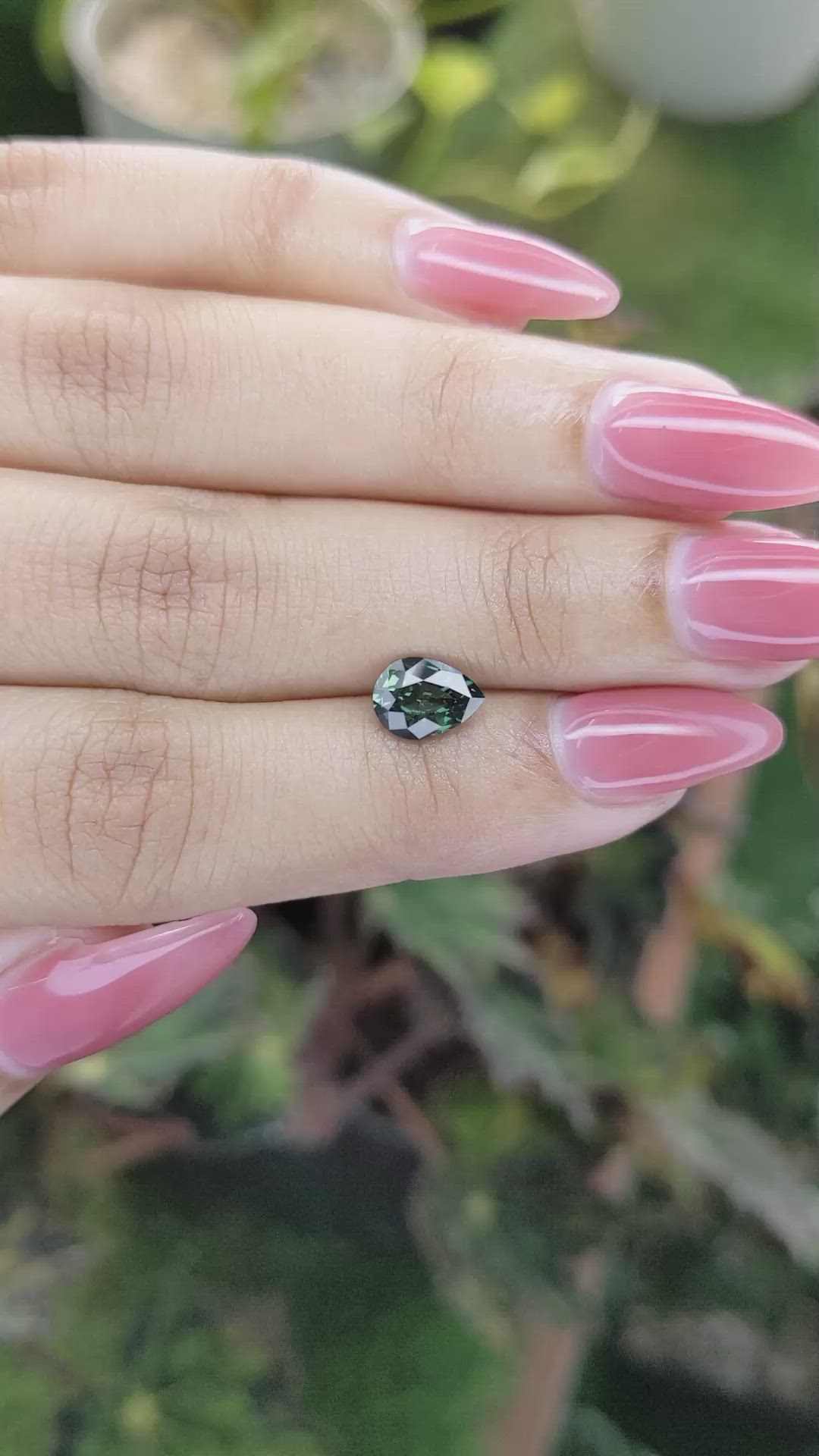
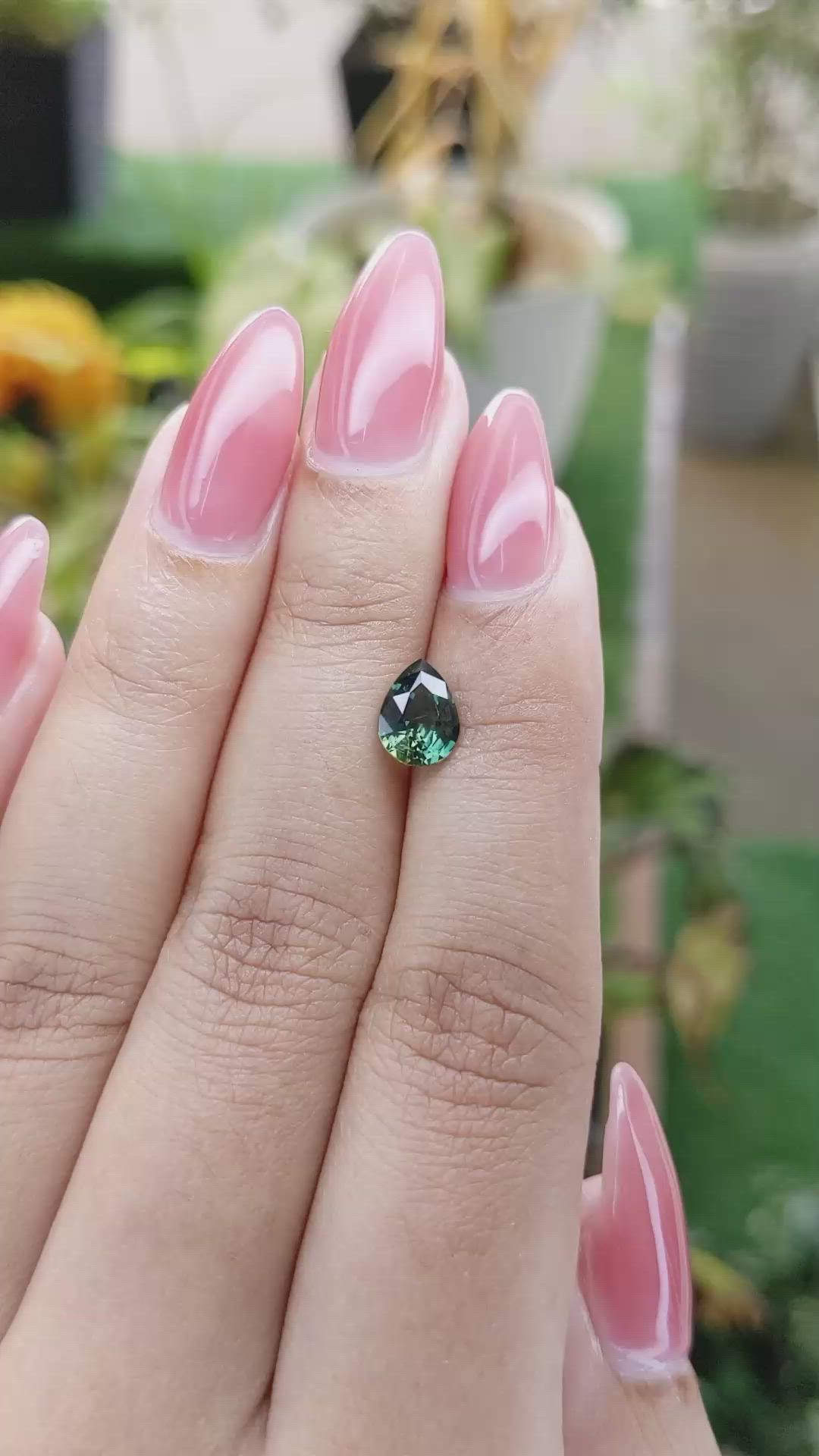

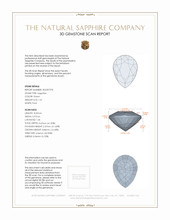
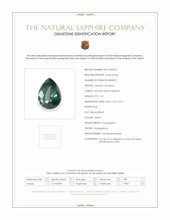
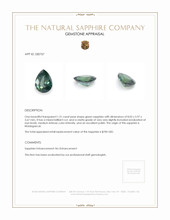
1.31 Ct. Green Sapphire from Madagascar
This loose stone ships by Nov 3
Item ID: | S30757 |
|---|---|
Dimensions (MM): help | Length: 8.02 Width: 5.97 Height: 3.67 |
Weight: | 1.31 Ct. |
Color: help | Green |
Color intensity: help | Medium Intense |
Clarity: help | Very Very Slightly Included |
Shape: help | Pear |
Cut: | Mixed Brilliant |
Cutting style: | Faceted |
Enhancements: help | No Enhancement |
Origin: help | Madagascar |
Per carat price: help | $534 |
This 1.31 carat pear shape green sapphire presents a compact, well-proportioned outline at 8.02 by 5.97 by 3.67 millimeters, delivering a length to width ratio of approximately 1.34 which sits in the classic range for a pear that reads neither overly elongated nor squat. The gem is fashioned with a mixed brilliant cut, combining a modified brilliant crown with pavilion faceting that emphasizes return of white light while preserving the stone's face up color, the result being strong scintillation across the table and a lively pattern of flashes from the girdle facets inward. The measured depth of 3.67 millimeters corresponds to a depth percentage near 46 percent, a proportion that favors even color distribution and a medium intense color intensity without concentrating the tone excessively in the culet area. Polish is graded excellent, producing crisp facet junctions and minimal surface disturbances, and the clarity is noted as very very slightly included at eye level, meaning inclusions are minute and do not interfere with transparency or light performance when set. The sapphire is untreated, no enhancement, and its Madagascar origin contributes to the gemological profile you see in crystal habit and hue distribution, aspects that trained cutters exploit when executing a mixed brilliant to optimize color and brilliance in a single pavilion geometry.
Optically, this green sapphire exhibits the typical corundum refractive characteristics, a refractive index in the neighborhood of 1.76 and a hardness of nine on the Mohs scale, factors that allow for acute facet faceting and a durable, long wearing center for a fine jewelry piece. The mixed brilliant faceting pattern is purposeful, with a well-defined table and a crown designed to break light into many small flashes while the pavilion facets act to redirect that light back through the table for sustained brilliance. The stone shows a medium intense green with subtle blue to teal undertones when tilted, an expression of pleochroism common in sapphires where the color components shift slightly with viewing angle and lighting. Because the sapphire is untreated, the color zoning and pleochroic behavior are natural, offering a nuanced palette that reads as a deep verdant green under daylight and as a cooler teal in incandescent light, this quality is something our clients at The Natural Sapphire Company prize because it adds dynamic character to bespoke designs.
For custom settings, the cut and color characteristics lend themselves to a range of complementary gemstones and metal choices that either emphasize contrast or create a tonal harmony. For a high contrast, contemporary halo, choose fine white round brilliant diamonds either as a single row halo or as tapered baguette shoulders. Small round melee in the 1.2 to 1.8 millimeter range set in platinum or 18 karat white gold will maximize perceived brightness and make the green appear more vivid due to the luminance contrast, while tapered baguette side stones in a three stone composition, each in the 0.10 to 0.20 carat range, will visually lengthen the pear and accentuate the natural proportions. If you prefer a warmer, vintage palette, pair this sapphire with light yellow or champagne diamonds, or with warm yellow sapphires in a graduated arrangement; set in 18 karat yellow or rose gold, the green will pick up golden reflections and read more olive or forest green, a desirable effect for period inspired commissions. For a tonal grouping, tsavorite garnets or mint tourmalines offer analogous green hues, select rondelles or trillion cuts to flank the pear for a cohesive, monochromatic statement.
Practical setting considerations for durability and optics are equally important in custom work. Because this is a pear shape, a V prong at the point is recommended to protect the tip, while three to four evenly spaced prongs along the rounded end will secure the stone without obstructing the crown facets that produce many of the gem's scintillating highlights. A low profile bezel with a thin milgrain edge can be used where everyday wear is expected, but bear in mind that a full bezel will slightly mute the crown flashes, whereas an open prong setting preserves maximum light entry. When commissioning a pendant, orient the pear point downward to allow movement and light play, and consider pairing the sapphire above with a small diamond or a single matched tsavorite to bridge the chain to the main gem. For earrings, mirror matched pears present a classic drop option, and pairing each with a 0.25 to 0.50 carat round brilliant top stone will create balanced weight while keeping the focus on the pear's medium intense green. Our lapidaries at The Natural Sapphire Company can advise on exact prong placement, bezel thickness, and complementary stone sizes that maintain secure fit while optimizing face up color and brilliance for your chosen metal.
In commissioning a custom piece, you are buying not only the physical attributes listed, but the gemological interactions that occur when cut, polish, and natural color combine. This 1.31 carat pear green sapphire, untreated and from Madagascar, offers clarity and polish that let the mixed brilliant faceting read clearly under multiple light sources, a depth proportion that avoids over-darkening, and a natural pleochroic behavior that provides richness and movement. If you want to maximize brilliance and perceived size, choose bright white diamond accents and a white metal setting, for a warmer, more romantic aesthetic opt for yellow or rose gold with champagne or yellow melee, and for a contemporary, tonal suite consider tsavorite or mint tourmaline side stones. Contact The Natural Sapphire Company for exact recommendations on side stone shapes, carat weights, and setting profiles, our workshops can produce CAD visualizations and mockups to ensure the finished piece preserves the gem’s optical performance and protects its delicate pear tip while translating its medium intense green into the bespoke jewelry design you envision.

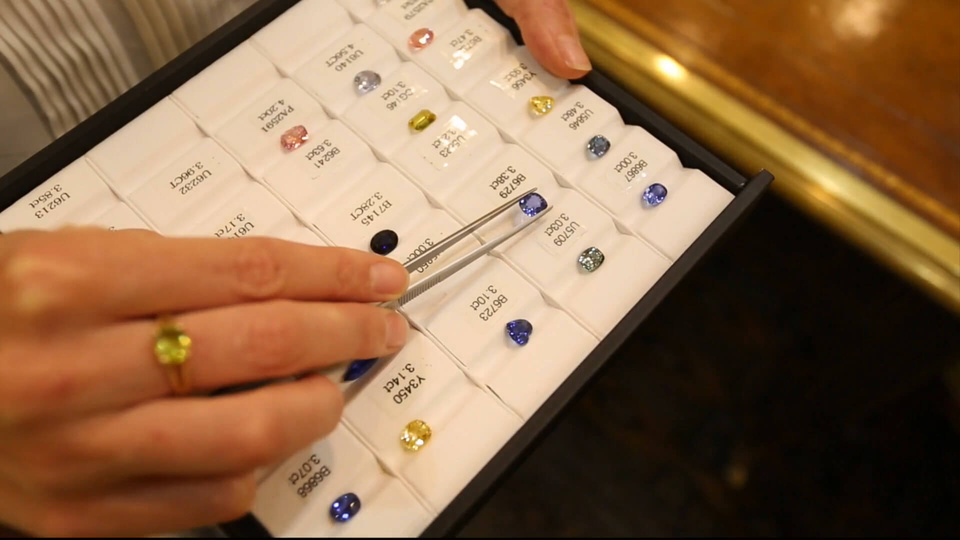



-pear-green-sapphire-1.3100-cts-s30757-1.jpg?d=750x750&s=nsc&v=20251008065033)
-pear-green-sapphire-1.3100-cts-s30757-lifestyleimage-1.jpg?d=750x750&s=nsc&v=20251006055107)
-pear-green-sapphire-1.3100-cts-s30757-lifestyleimage-2.jpg?d=750x750&s=nsc&v=20251006055107)
-pear-green-sapphire-1.3100-cts-s30757-lifestyleimage-3.jpg?d=750x750&s=nsc&v=20251006055107)

